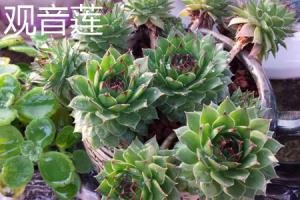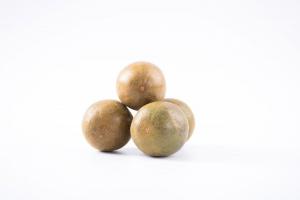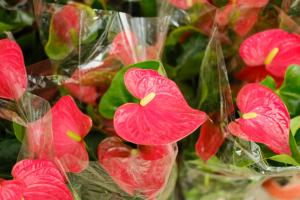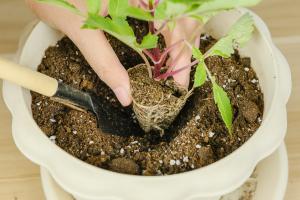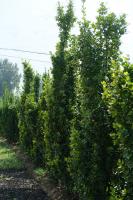What to Plant at Base of Crabapple Tree
Crabapple trees are a stunning addition to any yard, offering showy blossoms in the spring and attractive foliage throughout the summer and fall. If you have a crabapple tree in your yard, you might be wondering what to plant at its base to further enhance its beauty and create a more complete landscape design. Below are some options to consider.
1. Ground Covers
Ground covers are low-growing plants that spread rapidly and form a dense mat of foliage. They help prevent erosion, retain moisture in the soil, and serve as a living mulch to suppress weeds. There are many ground cover options to choose from, including:
Creeping thyme
Creeping phlox
Creeping Jenny
Periwinkle
Dead nettle
These plants are all relatively low-maintenance and will create a colorful carpet at the base of your crabapple tree. Be sure to choose a ground cover that can tolerate the amount of sunlight and moisture levels in your yard.
2. Ferns
If your crabapple tree receives a lot of shade, ferns may be the perfect choice for planting at its base. Ferns are low-maintenance and thrive in moist, shady environments. Some ferns to consider include:
Ostrich fern
Cinnamon fern
Lady fern
Maidenhair fern
Japanese painted fern
These ferns will add a lush, green backdrop to your crabapple tree and provide a sense of tranquility and calmness to your yard.
3. Bulbs
If you're looking for an option that will add bursts of color to your yard in the spring, consider planting bulbs at the base of your crabapple tree. Bulbs are relatively low-maintenance and require little attention once planted. Some bulbs to consider include:
Tulips
Daffodils
Crocuses
Alliums
Hyacinths
These bulbs will create a dramatic display of color in the spring, complementing the blooms on your crabapple tree and creating a harmonious design.
4. Hostas
Hostas are a popular choice for planting in shady areas and will add an attractive and lush foliage display to your yard. They come in many different varieties, each with its own unique leaf texture and color. Some hostas to consider include:
Giant hosta
Blue hosta
Yellow hosta
Variegated hosta
Fragrant hosta
Hostas are relatively low-maintenance and require little watering or pruning. They will complement the height and shape of your crabapple tree and create a well-rounded landscape design.
Conclusion
There are many options to consider when deciding what to plant at the base of your crabapple tree. Ground covers, ferns, bulbs, and hostas are all great choices that will enhance the beauty of your tree and create a more complete landscape design in your yard. Be sure to consider the amount of sunlight and moisture levels in your yard when selecting your plants, and choose options that will work well with the existing foliage and design elements in your yard.

 how many times do yo...
how many times do yo... how many planted tre...
how many planted tre... how many pine trees ...
how many pine trees ... how many pecan trees...
how many pecan trees... how many plants comp...
how many plants comp... how many plants can ...
how many plants can ... how many plants and ...
how many plants and ... how many pepper plan...
how many pepper plan...